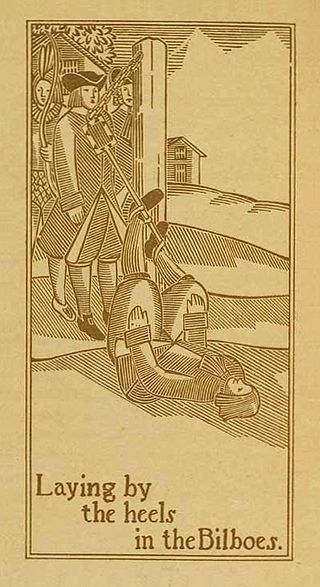For all of you fans of the Lord of the Rings, this is not an attempt to merge the names Bilbo Baggins and Gandalf the grey. Although, I have to say, for anyone who cares to know about this, there might be a link between Tolkien’s choice of name Bilbo (Bilbao in Basque) for one of his characters and the place itself. Rather, Tolkien might have been inspired by the swords and shackles that used to be forged in Bilbo and exported to the UK and to the Americas between the 16th-18th Centuries. These iron goods were popularly called Bilbo because of where they came from. So there you are. My friend Martin told me about this. Who knew? That these inventions played an important role in the transatlantic slave trade is hardly a source of pride. But they were and this should also be remembered.

The REAL reason for the title in this blog entry is that I was reading about Bilbao on a London Review of Books that my other friend Michael sent me. Shades of Grey in Bilbao, says the title. I actually googled “shades of grey” and what I got were many references to the book “Fifty shades of Grey” which, to my shame, I read a long time ago. Please don’t tell anyone.
So the blog entry in question just recalls the author’s impressions on arriving to Bilbao years ago. Grey is the interconnecting theme on a number of aspects: the economic, in reference to the shipyards and steelworks that dotted the riverside at one point; the political, in relation to the political strife that followed the transition to democracy after four decades of dictatorship; and finally, grey is also the dominant theme to the weather the author recalls on first arriving in the city, with rain, followed by more rain.

It occurred to me that it is strange to read about one’s birthplace like that. I come from one of those neighbourhoods perched on the hills surrounding the centre of Bilbao that the article talks about, about 20 mins walk from where the picture of the river and the Guggenheim has been taken from. What I do remember of the 1980s, my formative years before I left for the UK, are the growing political violence and the economic and social traumas of the de-industrialisation process. The last mines closed, the shipyards, the steelworks…. My own father lost his job in his mid 50s and never worked again. Unemployment reached 25percent in the city back then and the epidemic of heroin use among young people killed thousands that decade.
What I have found on my return is almost unrecognisable to me. Who would have thought that Bilbao would one day become a tourist destination? It is clean, modern, even interesting to see with new eyes. I always compare it to cities like Liverpool and Glasgow that, also, connected to the sea and having suffered economic and urban decline in the 1970s and 1980s, came to reinvent themselves as tourist destinations and cities of culture. As for the weather, the current heatwave in the Iberian peninsula is increasingly part of the new normal. The city is no longer grey as the author recalls, but sunny and hot. We should be worried since all climate models for Spain do seem to coincide on the prediction for the Iberian peninsula that includes a much, much drier future.
I get lost now in Bilbao and I feel out of place in a city I no longer recognise entirely. However, the place still feels a bit like home. My second home.